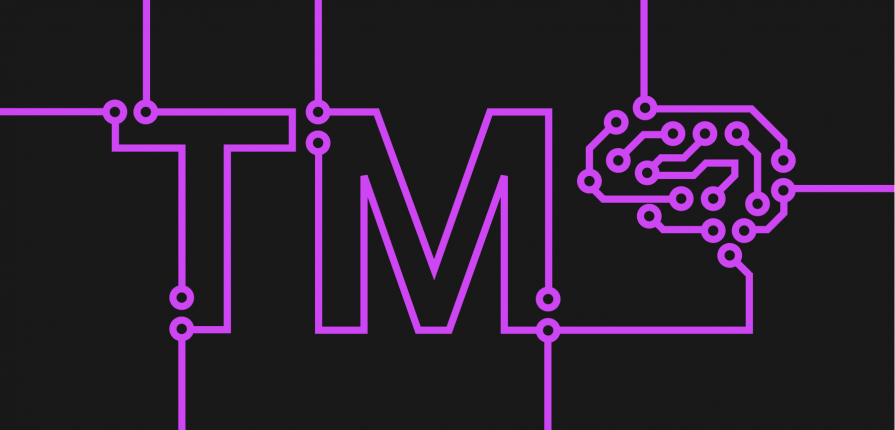“Memory is the treasury and guardian of all things.” – Marcus Tullius Cicero
If not acquainted with the translation industry, you most likely confuse the meaning of translation memory and glossary. On the contrary, those initiated in the industry understand how these functions dramatically help increase efficiency, save time and increase clients’ satisfaction if these tools are used. Therefore, it would be beneficial to explain what distinguishes a translation memory from a translation glossary.

What is Translation Memory?
A translation memory (TM) is a database that stores “segments”, which can be sentences, paragraphs or sentence-like units (headings, titles or elements in a list) that have previously been translated. This is a helpful tool for human translators. The translation memory stores the source text and its corresponding translation in language pairs called “translation units”. Software programs that use translation memories are sometimes known as translation memory managers (TMM) or translation memory systems. Research shows that most translation companies are using translation memory systems. In a survey of language professionals, 82.5% out of the 874 replies confirmed their use of a TM.
What is Translation Glossary?
While a translation memory memorises segments of text, a glossary is an index of the specific terminology found in a translated document. In highly technical fields, such as the medical device or legal industry, a glossary helps to promote content uniformity and consistency.
The source and target language translations and definitions will be provided in a glossary along with the context in which these terms should be used. A glossary is created in collaboration between an LSP and the client with words that may have more than one meaning but which need to be expressed consistently throughout a project. In addition to technical terms, a glossary can also include names, trademark terms or acronyms.
The key takeaway here: A translation memory stores segments of text to do away with repetition, while a glossary stores individual terms.
How does it work?
Being a sophisticated feature, TM can be explained as such: you open the source file and apply the translation memory so that any “100% matches” (identical matches) or “fuzzy matches” (similar, but not identical matches) within the text are instantly extracted and placed within the target file.
As you work through the source file, the “matches” suggested by the translation memory can be either accepted or overridden with new alternatives. If a translation unit is manually updated, then it is stored within the translation memory for future use as well as for repetition in the current text. In a similar way, all segments in the target file without a “match” would be translated manually and then automatically added to the translation memory.
Main benefits
Translation memory managers are most suitable for translating technical documentation and documents containing specialised vocabularies. Their benefits include:
- Ensuring that the document is completely translated (translation memories do not accept empty target segments)
- Ensuring that the translated documents are consistent, including common definitions, phrasings and terminology. This is important when different translators are working on a single project.
- Enabling translators to translate documents in a wide variety of formats without having to own the software typically required to process these formats.
- Accelerating the overall translation process; since translation memories “remember” previously translated material, translators only have to translate it once.
- Reducing the costs of long-term translation projects; for example, the text of manuals, warning messages or series of documents only needs to be translated once and can be used several times.
- For large documentation projects, savings (in time or money) thanks to the use of a TM package may already be apparent even for the first translation of a new project, but normally such savings are only apparent when translating subsequent versions of a project that was translated before using translation memory.
Without using a translation memory to capture this repeated content for future reuse, you will be localising the same phrases repeatedly. This can slow the project down as well as reduce the quality of your work, thereby potentially leading to customer dissatisfaction.
VINALOCALIZE uses both of these as value added for the client. You can learn more about VINALOCALIZE’s services and capabilities here.



